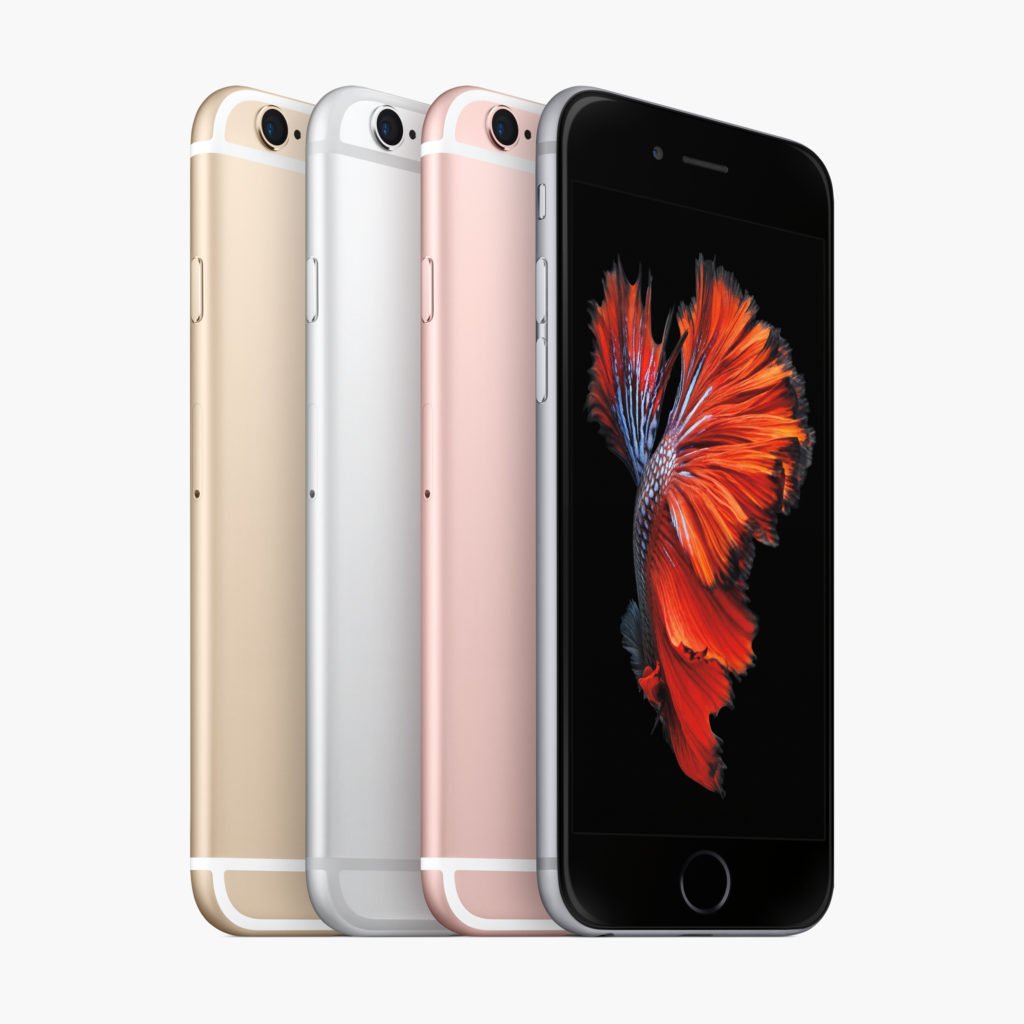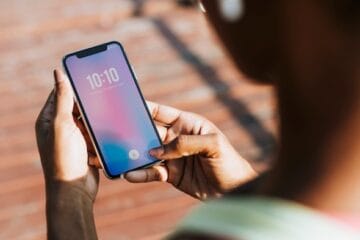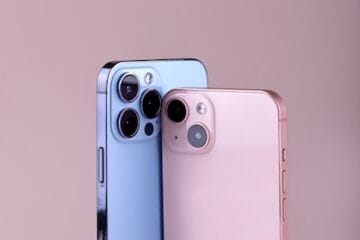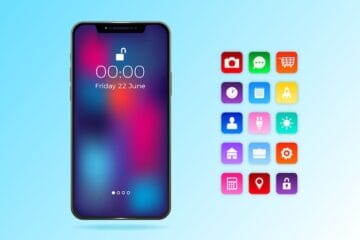
WHEN APPLE INTRODUCES the next iPhone this week, it seems certain that it will look nearly identical to last year’s iPhone. Which means it will also look like the iPhone from the year before that. If this happens, it would break with Apple’s nearly decade-long tradition of redoing the whole phone every two years. You know what? That’s just fine.
Since the iPhone’s inception, Apple has leaned on a predictable lifecycle. After the original came the 3G, followed by the mostly identical 3GS. Then came iPhone 4, followed by the mostly identical 4S. iPhone 5, 5S. iPhone 6, 6S. Tick, tock. Simple enough.
And it made sense! Carriers were subsidizing devices then in exchange for a two-year blood oath, which made it easy to sync up your new phone with The New Phone. It also made a broader kind of sense, though, because smartphone innovation and improvement was happening at a rapid enough clip that these really were entirely new devices, with new capabilities and new aspirations, new ways to insinuate themselves into vital aspects of our everyday lives. They deserved new bodies to match.
Today, that’s no longer the case. The two-year contract is dead, or at least diminished. And while there’s still plenty of progress in what smartphones can do, the curve has flattened out. Apple not changing the iPhone doesn’t mean it’s out of ideas. It means it knows a good thing when it sees it.
Steady As It Goes
“Say you’re buying a Porsche, if you’re a 911 fan” says Brett Lovelady, founder of design firm Astro Studios. “You wouldn’t wanted it to deviate too dramatically from the form factor and basic interactions of what that means.”
If nearly a decade of smartphone dominance has established anything, it’s that the iPhone is a Porsche, a luxury good that consumers an identify with and, more importantly, can readily identify. It’s not that the iPhone won’t change at all this year; it should lose the headphone jack and gain some fresh camera smarts. But it’s a misconception that progress has to be tied to dramatic industrial design changes.
You don’t need to look as far away as sports cars for evidence of that. Look at the rest of Apple’s own products.
“You can go back to original titanium laptop for Apple, when they chose black and white and silver and titanium,” says Lovelady, referring to 2011’s PowerBook G4. “We’re still dealing with those design elements 15 years later… The products will still continue to progress, but it’s a sort of consistency of approach.”
Smartphones aren’t quite laptops; they’re an ever-present accessory rather than a day-job workhorse. But the extent to which they’re an expression of personal style often happens outside of the phone itself. There are cases, stickers, and more, a whole universe of third-party punctuations.
“Apple said well, we don’t need to do that for you. You can take our base machine and do that,” says Lovelady. Apple doesn’t need to evolve the iPhone at the speed of fashion. It just needs to provide an appealing enough a palette for its customers.
Selling the Sameness
Keeping the iPhone’s exterior the same may make sense from a design perspective, but it still seem risky as a business tactic. After all, people want the latest and greatest.
It’s not quite so simple as that, though. In this age of smartphone commoditization, looks aren’t everything to customers. They’re not even the main thing.
“I feel we’ve reached a point in the smartphone market where I’m not necessarily going to say about the design of the hardware itself,” says Gartner research analyst Tuong Nguyen. “It’s what it can do for me in the broader sense.”
Here, too, Apple has an apparent advantage. The company’s complete control over its hardware ecosystem means it can offer interoperability that may be more valuable than any given chamfer. It’s also a fallacy that by maintaining a consistent design, Apple is sitting a year out.
“Apple needs to give iPhone 6 and 6s customers good reasons to upgrade,” says Current Analysis research director Avi Greengart. “That may come down to new features and services, even if the industrial design language does not change this year.”
There’s also less pressure than ever for iPhone customers to upgrade with a two-year cycle. With two-year carrier contracts no longer dominant in the US, and smartphones generally having more staying power, people hold onto their phones a little longer. Not years and years more, says Nguyen, but now that people pay a hefty upfront fee for their phones, they take better care of them. Someone with an iPhone 6 won’t need to upgrade to an iPhone 7 next month. But if they want to, they’ll know what they’re getting.
The Benefits of Boring
When the iPhone 5 came out in 2012, a common complaint is that it was boring. It was bigger than its predecessor, the iPhone 4S, and ditched the rear glass. It was decidedly different, but it was still recognizably an iPhone. That alone made critics roll their eyes.
Given that history, it’s safe to assume that the iPhone Apple announces next week will draw similar dismissals. It shouldn’t.




